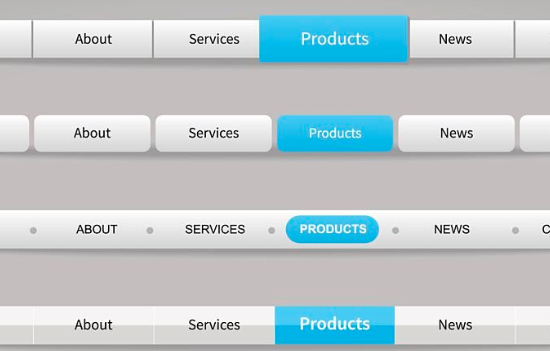
The end is just as important as the start. It’s the last impression you leave on the audience, the judges and even your opponents. A good ending summarizes your main points and reinforces your position and leaves a lasting impact. One key part of this how to end a debate greeting, also known as the closing or farewell statement.
This will explain what a debate greeting is, why it matters and how to end your debate with a memorable and professional greeting.
Debate Greeting
A debate greeting at the end is a formal acknowledgement of your audience and opponents. It’s a polite way to wrap up your arguments and show respect for the event, opponents and adjudicators. In most debates the closing greeting is a short deliberate phrase that shows your confidence, sums up your point and thanks.
Examples:
- “Thank you judges and everyone here for listening.”
- “Thanks for having me.”
These are simple but powerful.
Why a Debate Greeting Matters?
-
Lasting Impression
Your closing is the last time you interact with the audience and judges. A short and sweet greeting leaves them with a positive impression.
-
Professionalism
A well-crafted conclusion shows your professionalism and respect for the debate process. It shows you take the event seriously and value the time of others involved.
-
Confidence
A good closing greeting shows your confidence. It tells the audience you are confident in your arguments and delivery.
-
Thanks
Thanks to your audience, opponents and the event. Even if you ripped each other to shreds
Debate Greeting Components
An effective debate greeting at the end should have:
-
Thanks
Always thank the audience, judges and organizers. This is a general rule of thumb that shows you acknowledge their time and effort.
- Example: “Thanks to the judges, fellow debaters and the audience for listening.”
- Example: “As I’ve said.”
-
Close
End with a polite note. “Thank you” or “I rest my case” are simple.
How to write a debate greeting
-
Read the debate format
Understand the structure and rules of the debate. Formal debates like Oxford or Lincoln-Douglas have specific requirements for closing statements including greetings.
Your closing should flow into the greeting. Summaries your main points and then close.
- Example: “In summary [summaries]. Thanks for listening.”
-
Practice
Rehearse your closing greeting so it sounds natural and not robotic or over rehearsed.
-
Adaptable
If the debate is informal or interactive, your greeting can be less formal. Adapt to the audience and situation.
- Formal: “Thanks for having me.”
- Informal: “Thanks for hearing me out today. I appreciate it.”
Don’t Do
- Be Too Casual You need to connect with your audience but being too casual comes across as unprofessional.
- Use Jargon or Big Words Keep it simple and clear. Don’t use language that will confuse your audience.
- Hurry Up Take your time with the close. Hurrying kills the message.
- Forget to Thank Key People Always thank the judges, the audience and your opponents. Leaving this out makes your speech feel incomplete.
- Be Insincere Your tone matters. Make sure your gratitude and close sounds real.
Debate Greetings
Formal
- “Thank you judges for your time. I’m done.”
- “Thanks to the judges, my opponent and the audience. Thanks for this.”
Informal
- “Thanks everyone for listening. Good times.”
- “Thanks for your time.”
Persuasive Close
- “As I close, I ask you to consider the facts. Thanks for listening.”
Team Debate
- “Thanks for this. My team.” —–[^1]
Cultural Considerations for Greetings
Debates happen in different cultural contexts and your closing greeting should reflect that. For example:
- Western Cultures: Keep it short and sweet.
- Asian Cultures: Add more respect with formal salutations.
- Middle Eastern Cultures: Express gratitude with mutual respect and acknowledgement of the audience.
Data on What Works for Closings
Research in communication and public speaking shows that audiences remember the beginning and end of a speech, known as the Primacy-Recency Effect. Your closing greeting is in that recency period.
Research Tips:
- Pause Before Your Greeting: A brief pause before your closing salutation will grab attention and add impact.
- Use Positive Body Language: Non-verbal cues like eye contact and standing up will reinforce your confidence.
- Keep It Short: A good closing greeting is 10-20 seconds long.
Real Examples of Debate Greetings
- High School Debate: “Thanks to the judges and my opponents for this. I think I’ve made my case. Thanks.”
- Professional Debate: “To the judges, my opponents and the audience, I thank you. My arguments have shown that [summary of stance], and I’m done. Thanks.”
- Political Debate: “I thank the moderators, my opponent and the audience for this. I hope my points have made my position clear. Thanks.”
Final Thoughts
Knowing how to close a debate greeting well can make all the difference, leaving a good impression on your audience. By combining gratitude, a brief summary and a polite close you can get it right. Practice, adapt to the context and avoid the mistakes to make your closing greeting work for you.
Whatever the debate – high school, professional or informal – your closing words count. Make a mark that lasts beyond the debate hall. So next time you get up to speak, remember this!










Leave a Reply